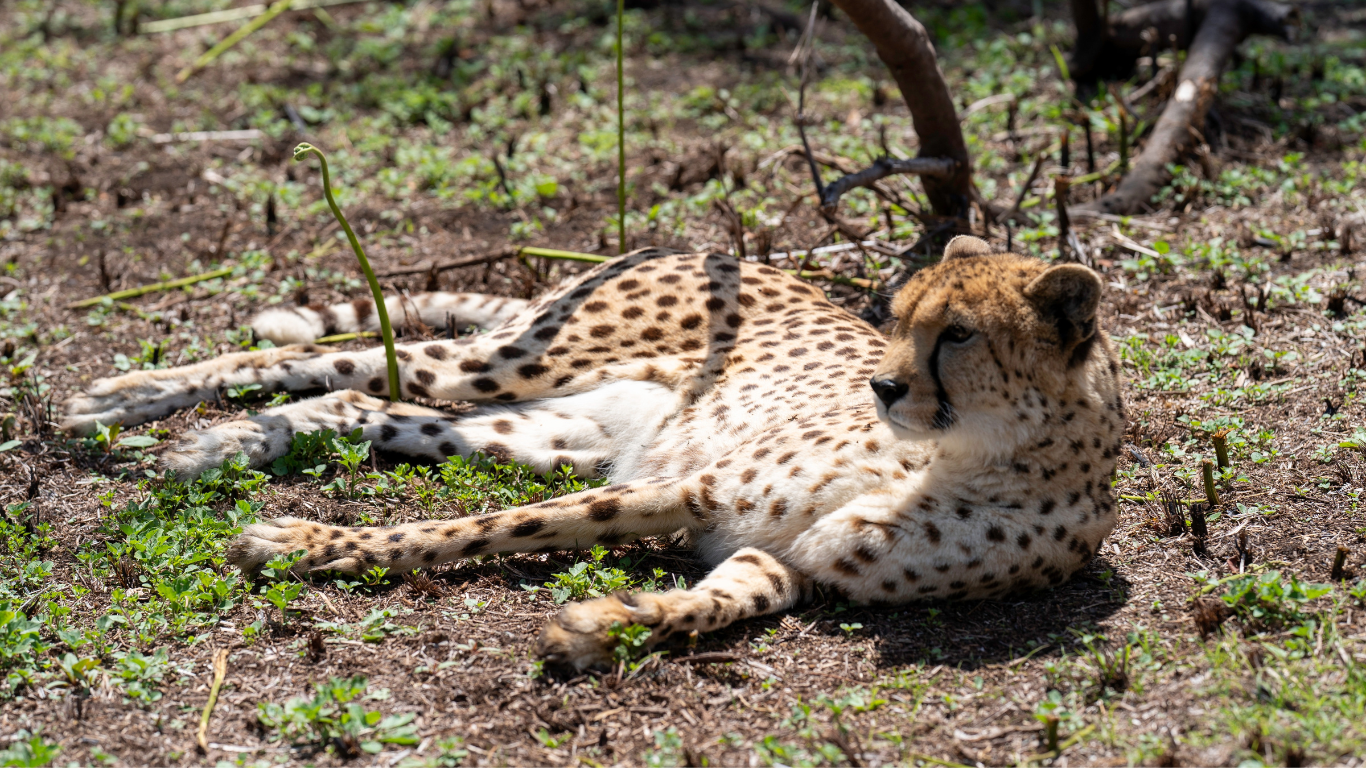Should rehabilitated wild animals be released back into the wild? ASI’s scientists answer
“Why not just keep rescued animals in sanctuaries where they’re safe from threats?”
This is a question we hear often at Animal Survival International, particularly when we appeal for funds in rehabilitating and ultimately releasing a wild animal back into its natural habitat.
We understand our supporters’ concern around re-releasing wild animals into their natural habitats, especially animals who have been rescued from poachers.
“The wild” used to mean freedom and safety for animals – today, many wild spaces are filled with threats, including poachers, snares, food insecurity, human interference and/or habitat loss.
So we understand why our supporters ask, “Why don’t you keep rescued wild animals in sanctuaries for the rest of their lives?”
The answer to this question is complex, but worth exploring. Join us as we unpack this thorny issue below.
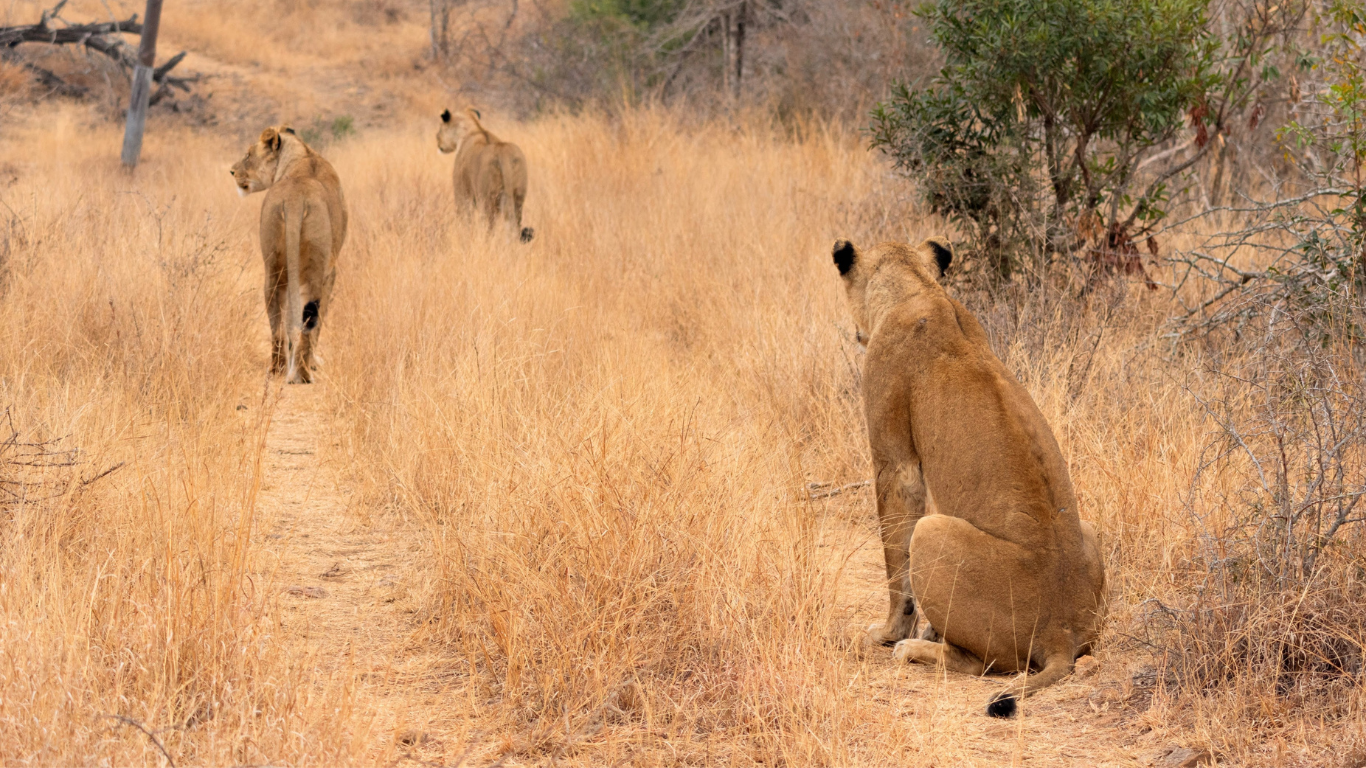
Whenever possible, rewilding is best.
Returning an animal to the wild after it has been rescued and rehabilitated is generally considered best for several reasons.
- It preserves the animal’s natural behavior (e.g., hunting, mating and foraging), enables them to maintain their wild instincts, and reduces dependency on humans. Wild animals are biologically and behaviorally adapted to live in the wild, so this is where they fare best both physically and psychologically.
- It is best for the animal’s welfare, as even the most ethical sanctuaries, like the ones we support, cannot fully replicate intricate natural ecosystems.
- It strengthens wild populations, particularly among endangered or threatened species, and maintains genetic diversity, which is critical to species’ resilience.
- Keeping healthy animals in a sanctuary occupies resources that could be used towards animals in more critical need.
- If an animal can survive independently, keeping it in captivity without necessity can be considered unethical.
Therefore, we always work to reintroduce animals to their natural environments, where their instincts and ecological roles are honoured – ideally in areas where security is maximized and threats minimized.
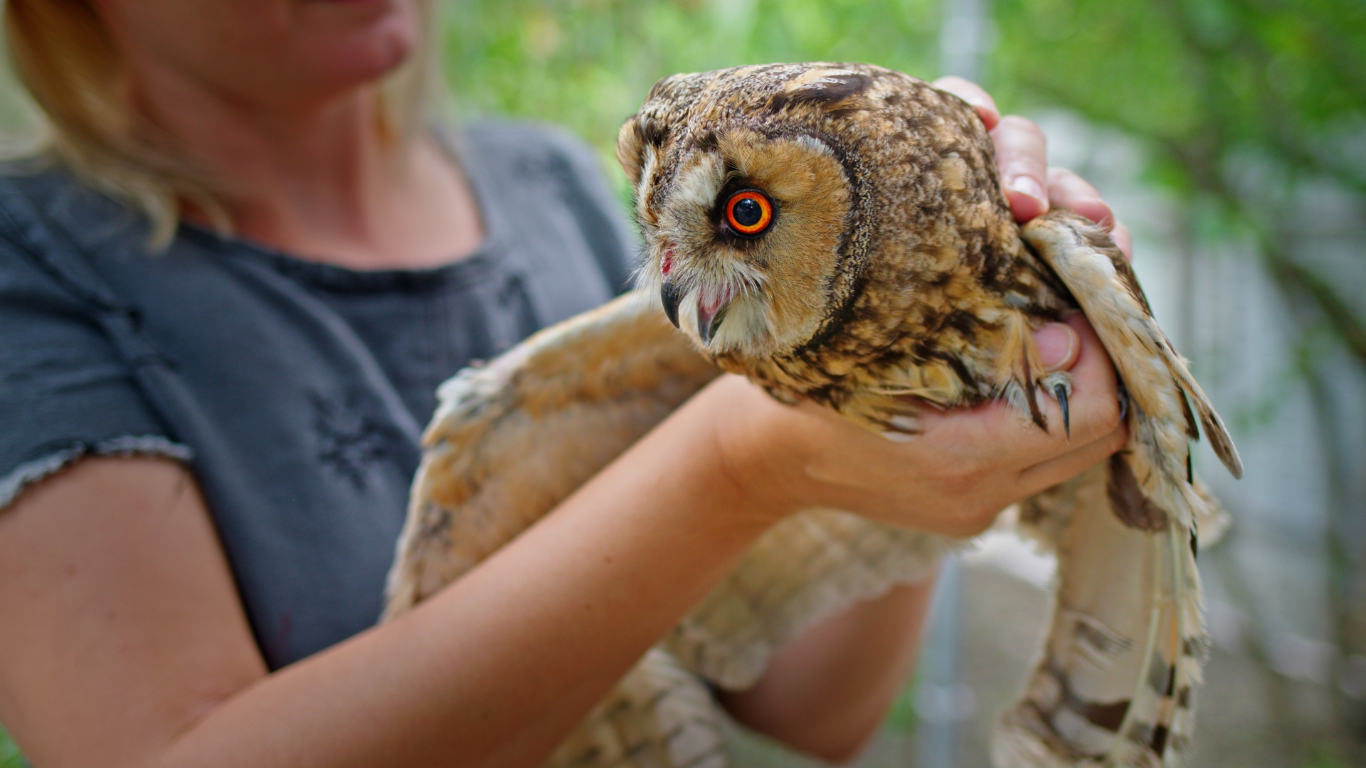
Not every wild animal can be returned to its habitat.
Of course, there are instances in which lifetime sanctuary is necessary; for example:
- when an animal has sustained a long-term injury or disability;
- when it is too habituated to humans;
- when it has lost the ability to hunt or fend for itself; or
- when it is too traumatised to be released.
A true “sanctuary” is a place of refuge and recovery. It is NOT a business, tourist attraction or breeding facility.
The term “sanctuary” is often loosely applied, and in many countries, a lack of enforceable standards leaves considerable room for misinterpretation. This means that a zoo, petting farm or commercial breeder could label itself a sanctuary without complying with ethical guidelines for keeping wild animals.
It should go without saying that, more often than not, these spaces prioritize the happiness of their human clients at the expense of their animal residents, all in a bid to make money.
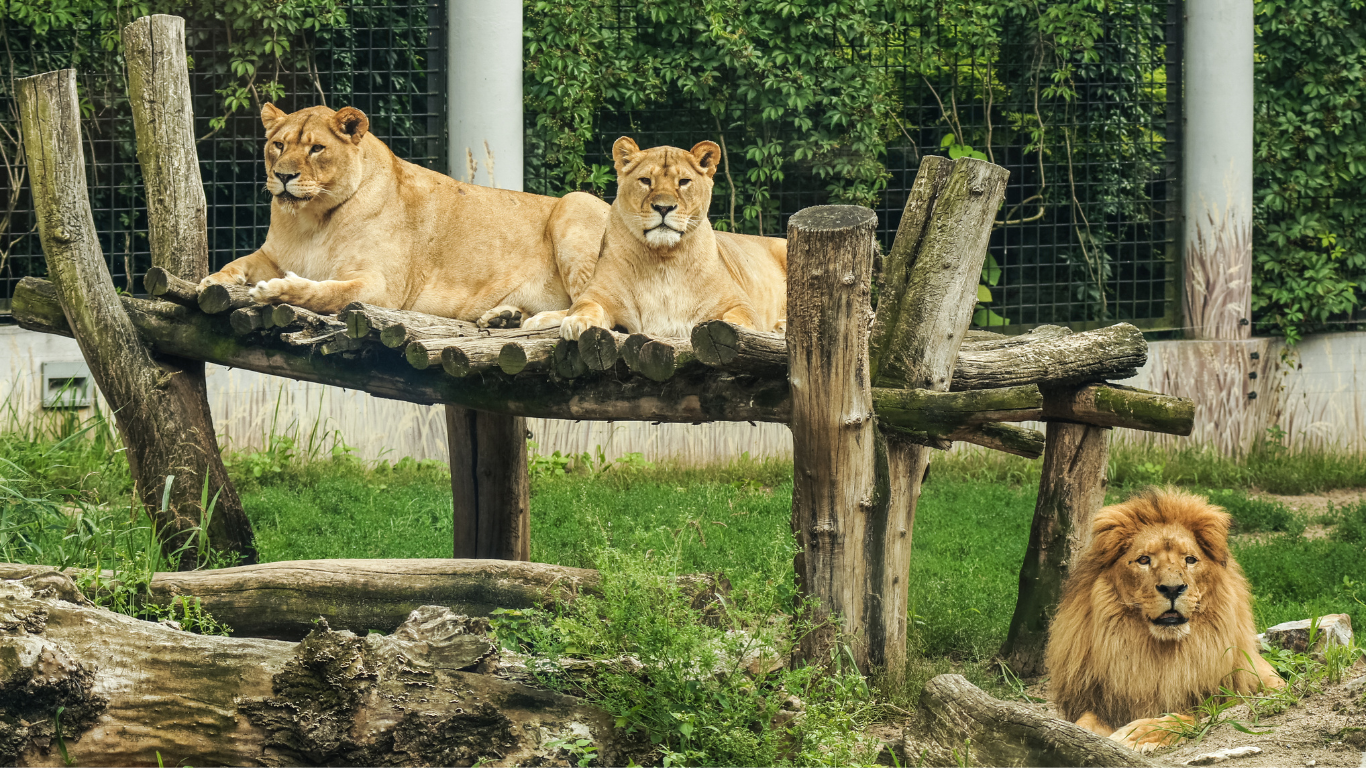
What does an ethical wild animal sanctuary look like?
- There is no breeding, selling or trading of wild animals.
- There is no human interaction with any animals, except for necessary care.
- Animals live in species-appropriate and adequately sized enclosures, and are provided with enrichment activities, stimulation and opportunities for interaction, bonding, playing and exhibiting natural behaviors.
- Animals receive expert veterinary care and the welfare of every animal is prioritized.
- The sanctuary has a non-profit (or related) status, its finances are transparent, and all legal permits are available on request.
Meanwhile, you should avoid any so-called “sanctuaries” which:
- Offer hands-on animal encounters like feeding, petting, washing, walking with or posing for photos with animals.
- Breed animals for captivity or sale.
- Have small, barren enclosures that provide insufficient space and stimulation
- Have obvious animal overcrowding.
- Use animals for any form of entertainment.
- Never release any animals, even those which are healthy and/or able to live in the wild.
At ASI, we exclusively work with partners and sanctuaries that prioritize the well-being of their animals, uphold a high level of animal welfare standards, and do not use their animals to make a profit.
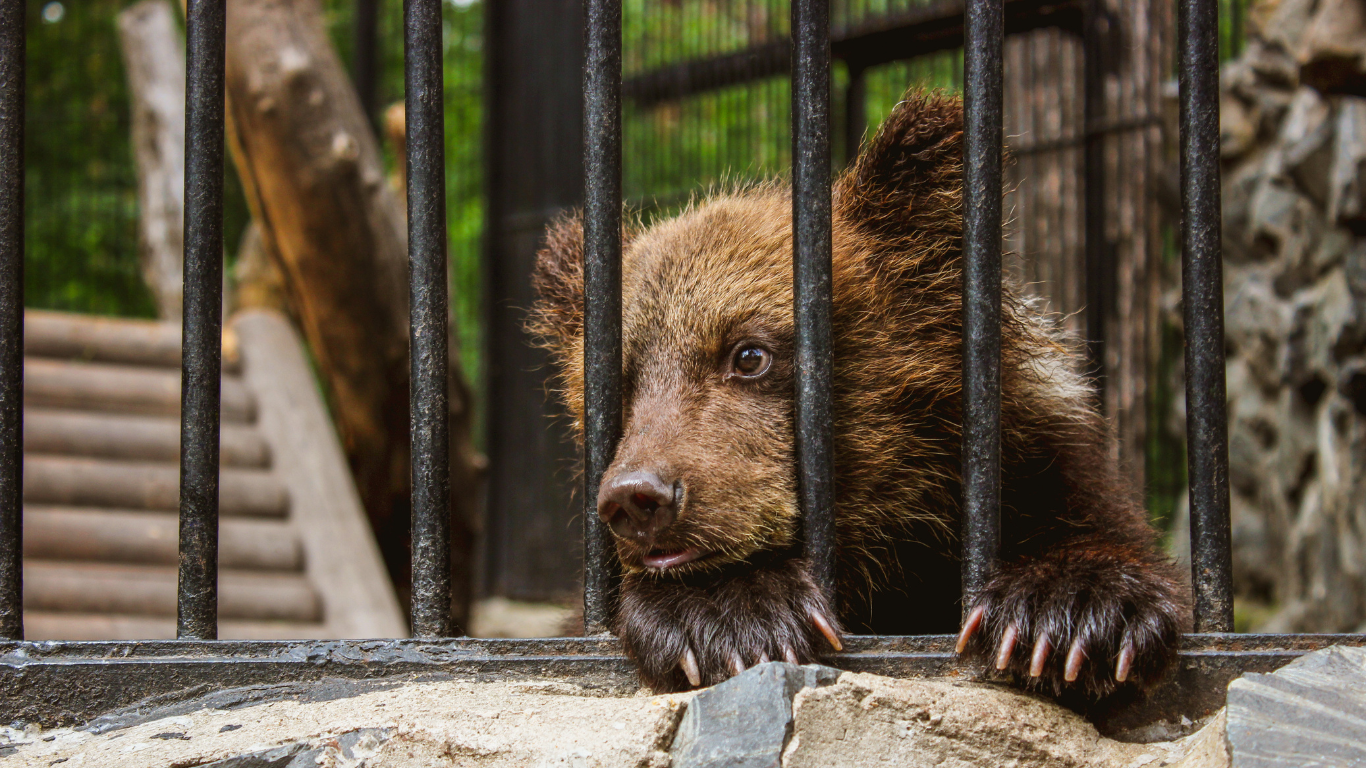
Why the wild is so important for animals
Humans are naturally drawn to animals, and many of us want nothing more than to keep them close so we can admire and protect them. But true conservation isn’t about keeping the animals confined; it is about keeping them wild and free.
There are risks for animals in the wild, but there is also the ultimate reward: freedom and resilience, and the opportunity to live life as nature intended. Every wild animal deserves this chance. Our desire to remove these risks and isolate a wild animal from its natural habitat places humans’ need for comfort over the well-being of animals.
We believe that, whenever possible, giving rescued creatures another chance at a free life is the best thing we can do for them, no matter how hard it is to give up control and say goodbye. And, while we cannot guarantee the fate of every animal, we will always do our best to ensure that the area of release is secure, protected, and minimizes all unnatural threats.
We need to stop confusing captivity with compassion – let’s keep animals wild, not just safe.
Learn more about how we help keep animals in the wild and how to spot fake animal rescue on social media.
